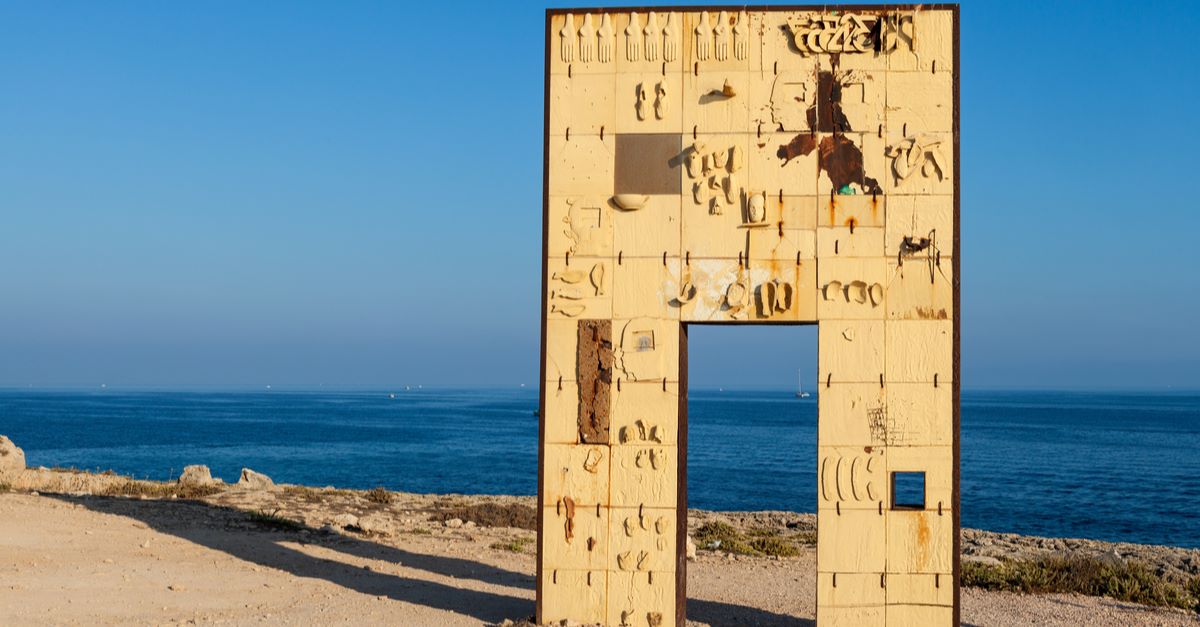Migration and migration memory in modern Hungary until 2015

Hungary is a rather heterogeneous society, lacking both colonial historical experiences and immigration of different ethnic groups in large numbers. Consequently, immigration is racialised, making xenophobia relatively high in Hungarian society.
The oldest migration experience for the still-living Hungarian society is the mass emigration event following Hungary’s unsuccessful uprising against the Soviet occupation in 1956. ’56 still plays a very central role in Hungarian national sentiment: one of the three main national holidays is 23 October, the memorial day for Hungarians’ bravery and love of freedom. This day is full of political demonstrations and communication campaigns by both governmental and opposition groups. Below we provide a short summary of emigration from Hungary in 1956 based on Gödri et al (2014).
Between 1949 and 1956, migratory movements were officially restricted, although thousands of Hungarians crossed the heavily militarised Austrian border illegally. Entering and leaving Hungary became significantly easier for passport holders in the spring of 1956 as part of a series of general reforms following the death of Stalin. However, in October 1956 the revolution against Soviet rule broke out and the Austrian border was opened for three months. According to the estimations of Hablicsek and Illés (2007), during this brief period of open borders 176,000 people left Hungary, more than half of them Budapest residents. Two-thirds of the emigrants were male, and almost 80 per cent belonged to the 15–39 year old age group. Total (both authorised and non-authorised) outward migration during the entire state socialist era (1945–1989) is estimated at around 430,000 (Tóth, 1997). In the 1980s, two decades after Hungary lost its freedom-fight and following the consolidation of János Kádár’s “softer” rule, a radical political and social transformation began in the South East European region. It affected Hungary in many ways, and one of its most striking features was the intensification of international migration. From the late 1980s, Hungary went from being a closed country with very low migration rates to a country with considerable immigration and transit migration. Furthermore, due to the introduction of the right of nationals to freely travel abroad (in January 1988), out-migration also became significant. Immigrants arrived in Hungary mostly from neighbouring countries, especially Romania, where in the final years of the repressive Ceauşescu regime a massive flow of illegal migration (or overstaying) began across the Hungarian border in 1988–90 (Gödri – Tóth 2010).[1]
In parallel, especially in the 1990s and 2000s following the collapse of socialism in Hungary, non-European immigrant groups also appeared, most notably the Chinese and, to a lesser extent, several Middle Eastern nationalities. Most of them were small entrepreneurs who took advantage of the collapsing socialist economy and founded successful new businesses, especially clothing shops and fast food buffets. In sum, we can conclude that Hungary was never and still is not a main target country for migrants and refugees. However, due to its location on the fastest route from the Balkans toward Western and Northern Europe, the country has played an important role in migration as a transit country.
Photo: Shutterstock
[1] Most of the immigrants were ethnic Hungarians. In addition, thousands of ethnic Hungarians from Ukraine, Yugoslavia and its successor states also moved to Hungary. With the unfolding Balkan war, non-ethnic Hungarians, ex-Yugoslav citizens (ethnic Bosniaks, Serbs and Albanians) also arrived in Hungary and applied for asylum (Póczik et al 2008).


